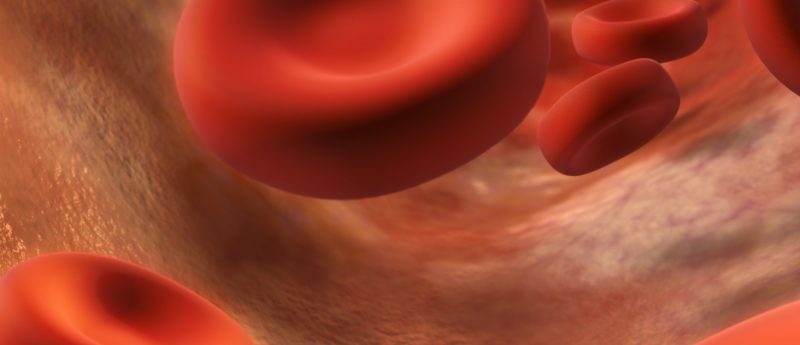Stepping beyond stem cells: potential alternative approach to treat the heart after a heart attack

Researchers from Erasmus University Medical Center Rotterdam (The Netherlands) develop microsphere therapy, which in future could act as an off-the-shelf alternative to stem cell therapy for acute myocardial infarction.
Using patients’ own stem cells to repair heart damage has the advantage of not inducing an immune response; however, the time period during which therapy would be most effective may only be brief, and using a patient’s own stem cells requires several steps, from harvesting to reintroduction of the cells. Therefore, a team from Erasmus University Medical Center Rotterdam (The Netherlands) has reported a method they believe to be more practical — microsphere therapy.
This method, which could be kept on hand, works by delivering proteins known to stimulate angiogenesis, which should help to restore delivery of oxygen to the heart and reduce the amount of damage incurred. Rather than directly delivering the proteins, they are contained and delivered within a biodegradable material called PolyActive. This material keeps proteins intact, protects them from degradation and releases them at a steady rate over a period of time. In addition, proteins can be stored in PolyActive without loss of efficiency.
The researchers tested the efficacy of the VEGF microsphere therapy in porcine models of myocardial infarction. The microspheres were found to be nontoxic and to be retained in the heart for at least 35 days. However, although the treatment reduced inflammation and promoted blood vessels to regrow, it neither improved heart function nor decreased scarring; no improvement in cardiac function.
The researchers concluded that this novel approach needs to be perfected, but they believe it holds the potential to act as an off-the-shelf and immediate alternative to stem cell therapy for treating heart attacks, as well as other indications.
Source: http://www.the-aps.org/mm/hp/Audiences/Public-Press/2015/27.html; Uitterdijk A, Springeling T, van Kranenburg M et al. VEGF165A microsphere therapy for myocardial infarction suppresses acute cytokine release and increases capillary density, but does not improve cardiac function. Am. J. Physiol. Heart Circ. Physiol. doi: 10.1152/ajpheart.00698.2014 (2015) (Epub ahead of print).